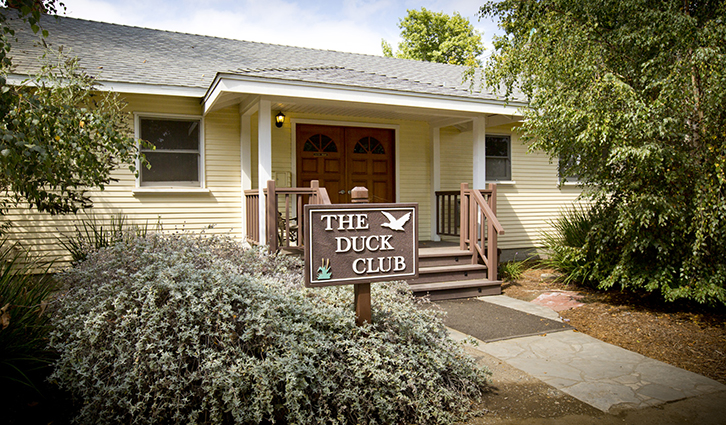Urban Runoff
The Ocean Begins at Your Front Door
|
Urban runoff is any water that flows into storm drains when there are no storms. In Southern California, our weather is dry an average of 347 days per year. However, polluted urban runoff flows to the ocean year-round due largely to inefficient watering of landscaping, hosing down of sidewalks and driveways, and washing of cars. This water carries trash, fertilizers and other contaminants with it, polluting our local streams and the ocean. Urban Runoff is an environmental problem for all communities. Residents who live miles inland can contribute to ocean pollution simply by leaving their sprinklers on too long. After this wasted water flows to the curb it carries trash, fertilizers, pet waste and other pollutants into the storm drain system which flows into San Diego Creek, eventually ending up in ecologically sensitive Upper Newport Bay and the ocean. IRWD treats most of this water the natural way at its San Joaquin Marsh and Wildlife Sanctuary and educational campus, where the District hosts a variety of programs on urban runoff and the need to improve landscape irrigation efficiency.

Treating Urban Runoff. The Process.
|
The California Water Code grants IRWD the authority to provide urban runoff treatment services within the District. Through our forward-thinking Natural Treatment System program, IRWD works with local partners to protect our watershed by using natural vegetation to remove nitrates and other contaminants in our urban runoff before it reaches the ocean.
IRWD began treating urban runoff in 1997 by reconstructing wetlands at the San Joaquin Marsh and Wildlife Sanctuary in Irvine. A large portion of the urban runoff in San Diego Creek is diverted into the system of manmade ponds where it flows for seven to 10 days. This gives plants and soils in the ponds time to naturally remove nitrates and other pollutants. The cleaner water is delivered back into the creek to continue its journey through Upper Newport Bay to the ocean.
|
|
Bacterial Removal
Sunlight provides ultra-violet radiation that reduces harmful bacteria before the water reaches the bay.
|
|
|
Nitrogen Removal
Up to 70 percent of the nitrogen in urban runoff is removed simply by giving the water time to interact with plants and soils in the ponds of the San Joaquin Wildlife Sanctuary. The end product is harmless nitrogen gas, which makes up 79 percent of the air we breathe. Less nitrogen in San Diego Creek means fewer algae blooms and a healthier Upper Newport Bay.
|
|
|
Phosphorous Removal
Phosphorus is removed from runoff when it precipitates and binds to the clay soils in the ponds. Phosphorus is further reduced in sediment removal basins within San Diego Creek adjacent to the San Joaquin Marsh and Wildlife Sanctuary. Limiting phosphorus discourages the growth of unwanted algae and other nuisance plant forms.
|













